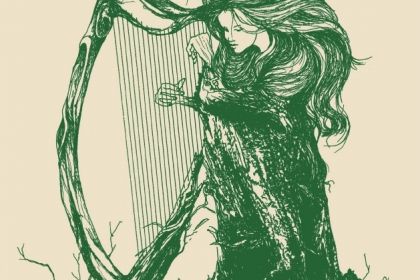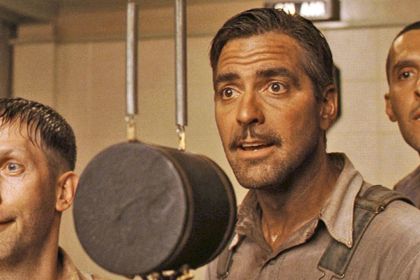SONGWRITER
The timeless tragedy of Molly Malone
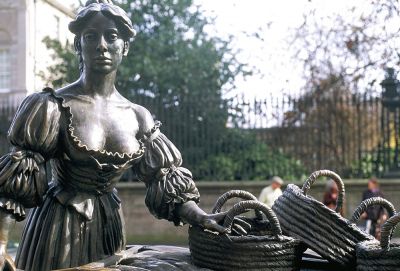
Not many songs can boast international recognition of being so deeply and fondly Irish the way Molly Malone does. Also known as Cockles and Mussels or In Dublin's Fair City, the ballad—now the unofficial anthem of Dublin—tells the story of a fishmonger named Molly who dies of a fever, but her ghost still wheels the barrow with the wares through the streets.
There have been many attempts to prove that Molly was a genuine historical figure, but everything points to her being merely an urban legend. Though the song itself is considered by many to be an old Irish folk tune, there is no evidence that it existed prior to the 19th century, or that it’s based on a real woman, of the 17th century or any other time.
According to historian Siobhán Marie Kilfeather, Molly Malone could have as well been based on an older folk song, but neither melody nor words share anything with the Irish tradition of street ballads.
The song belongs to the music hall style—the type of entertainment that originated in public saloon bars during the 1830s and rose to massive popularity in 1850s, spanning throughout the Victorian era and dying out before World War I.
The earliest version of Cockles and Mussels complete with music was published in 1876 in Boston, Massachusetts, in a collection of college songs.
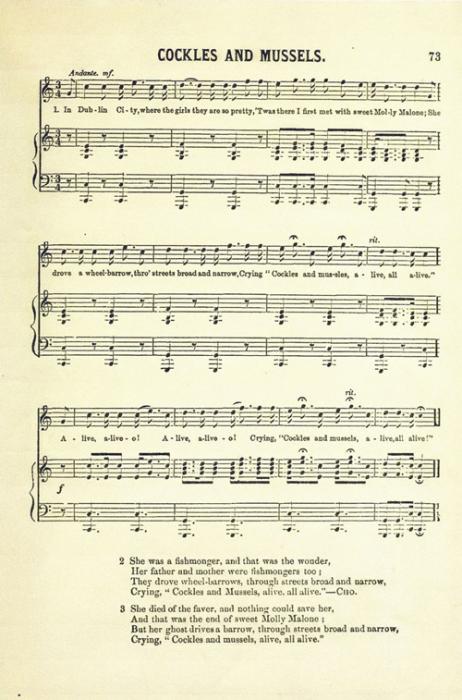
It lists no author, but another edition published in London in 1884 reveals James Yorkston as the writer and composer of this so-called "comic song". The footnote also reveals that it was reprinted by permission from Edinburgh, so there could've been at least one earlier edition published in Scotland.
Scottish or not, the song’s obvious influences taken from other known folk tunes about Irish women—such as The Widow Malone, Pat Corney’s Account of Himself, and English songwriter John Whitaker's Molly Malone written between 1807 and 1817—don't go back farther than the early 1800s.
The lyrics attest to their 19th-century origin as well: the expression Dublin's fair city was used regularly in reference to Dublin, and historical records show that at that time fishmongers all over Britain sang the line, “cockles and mussels, alive, alive O!”.
Before refrigeration, having live seafood was a big selling point, and street vendors of the time drew in customers by singing. Their songs, chants, and tunes were often adopted into pop songs.
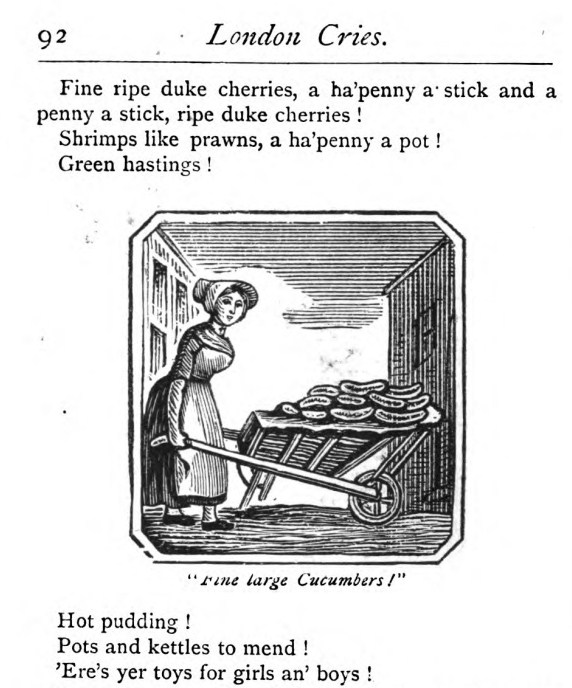
Many contemporary artists, from U2 to Sinéad O'Connor, recorded their versions of the song, though the best-known version belongs to The Dubliners. Its influence can be found in sports as well, most notably in the football and rugby chants of Bohemian FC and Irish Rugby Team.
In films, Molly has been featured since the beginning of the sound era—including A Clockwork Orange, The Deep Blue Sea, and even the TV show M*A*S*H—though it's been quoted and referenced more often than sung.
Molly Malone performed by Londoners in their subway shelter during the Blitz, from the 2011 Terence Davies film The Deep Blue Sea:
One of Dublin’s most visited tourist attractions is the Molly Malone statue, commonly known as "The Tart with the Cart" or "The Trollop With The Scallop". She is portrayed in a 17th-century dress, with her low decolletage and sizeable breasts explained by the fact that 17th-century women breastfed publicly, and “breasts were popped out all over the place.” Tourists queue up to touch her and take pictures, regularly spilling out into the traffic.
Whether Molly was real or not, there are things we know for sure: she was pretty, sweet, a fishmonger, and her ghost still hangs around Dublin crying: 'Cockles and mussels'.

